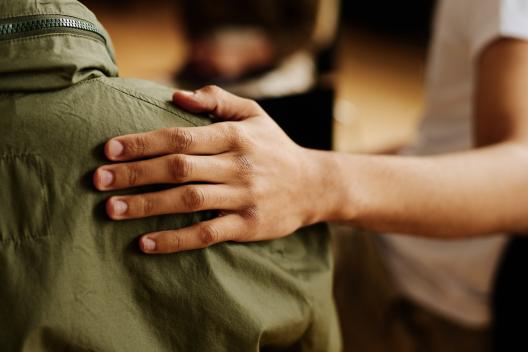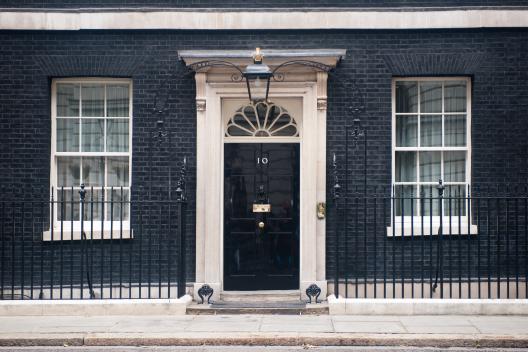We have spoken with over 350 people from communities impacted by violent crime across Greater Manchester. We talked to young adults, their parents, their teachers, youth leaders and young adults serving prison sentences.
Warped ideals of masculinity have led to more and more young adults finding their way into serious violent crime. The pressure to uphold a masculine image based on strength is becoming intensified through social media.
Between 2015-2018 knife crime offences in Greater Manchester rose by 89%. This included 127 knife crime offences in schools: a 108% increase since 2015. Over half of offences relating to possession of a weapon involve 10-24 year olds.
1 in 10 knife crimes in Greater Manchester is committed by 15-19 year olds against victims of the same age.
Toxic masculinity
Throughout our research we heard young adults using a script about becoming a man that says: ‘Do not express any emotions but aggression’, ‘reject anything feminine’ and ‘see retaliation as a strength’. This describes a dangerous, toxic version of masculinity in communities.
With expectations to act tough and suppress other emotions, young adults are more likely to be violent:
"Boys don’t feel comfortable talking about violence, they don’t sit down to talk to each other, which means they can explode because they can’t show their emotions."Oldham school pupil
The role of social media
Before social media, young adults had time to let their guard down, calm down and cool off. Now, because of the 24/7 nature of social media, there is a pressure to maintain a public image of masculinity that is associated with violence and aggression.
During our research, we frequently heard about young adults trying to uphold a pseudo masculine image online. The more young adults feel they need to fit in with this image, the more pressure this creates for others:
"You see these 14-year-olds kids standing next to these cars and they can’t even drive. It is all a status thing, saying ‘I am this person.'"Trafford youth worker
What's next?
Social media is not the sole cause of increasing youth violence. There are numerous other environmental factors such as a lack of opportunities and role models as well as family and peer influences. However, social media can exacerbate these circumstances, particularly when it comes to intensifying toxic masculinity ideals and the relentless pressure of having to conform.
Changing the curriculum in school to include: how to navigate the pressures of toxic masculinity and femininity. Lessons could include topics around male identity, fear, status, conflict management, emotional awareness, unhealthy relationships, safe social media and understanding the consequences of getting involved in serious violence.
A similar example where this has worked well is in Chicago with their “Becoming a Man programme (BAM)”. BAM is a school-based group counselling programme that guides young men between the ages of 11-18 years old through a range of mentoring, role-playing and group exercises. It currently serves 8,000 young men in 140 schools in the US and has values such as positive anger-expression, respect for womanhood and accountability.
We want to see the BAM programme adapted to the UK population and school system, and properly trialled and evaluated in the UK, including how it can be delivered in single-sex groups and what the equivalent programme would be for young women. We also want to see programmes targeted at primary-secondary school transition involving parents and children in courses designed to keep young adults safe online and offline.
Share this page




